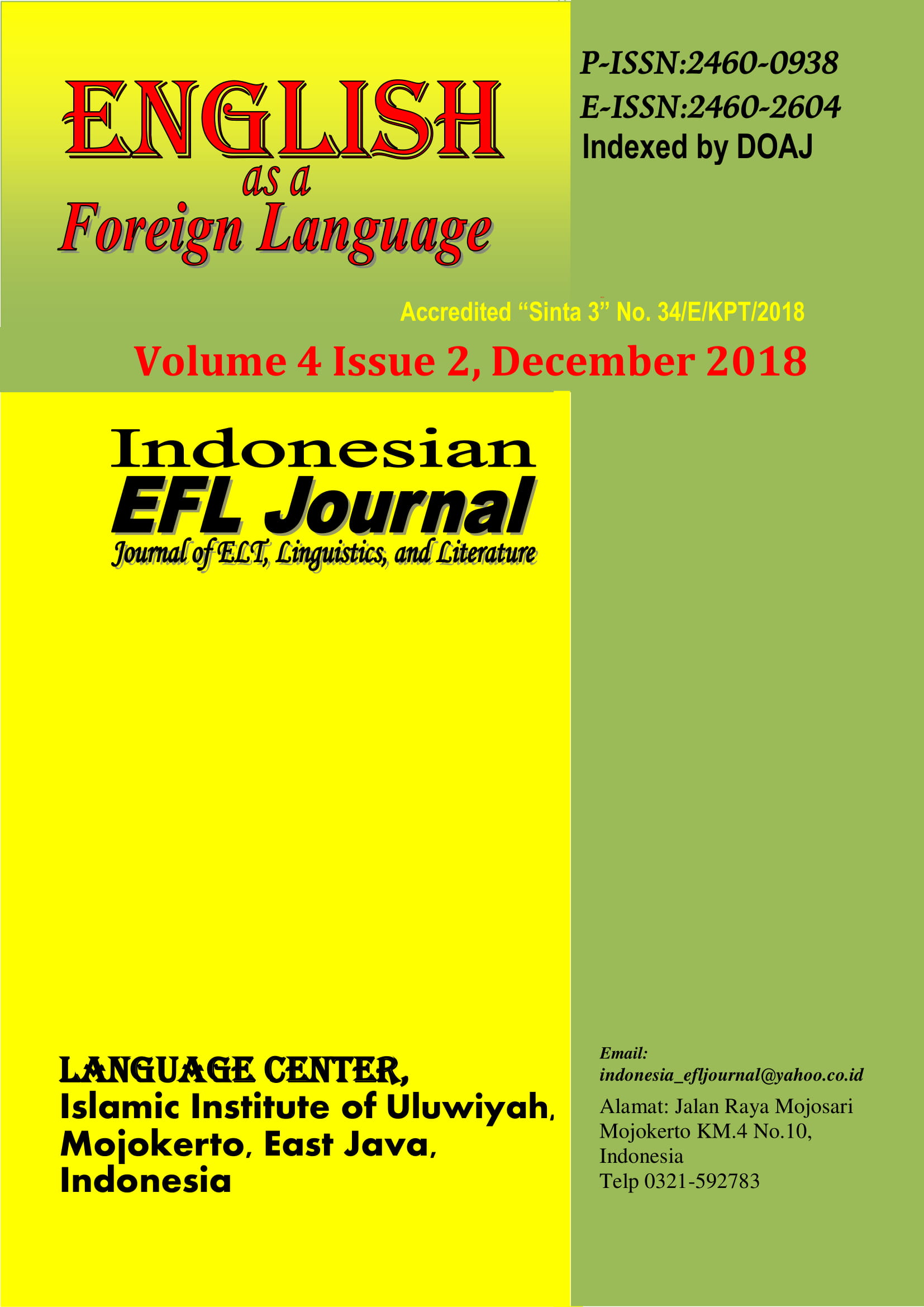Examining English Proficiency Variations between Male and Female Students in Thailand
Abstract
The central objective of this study was to investigate the influence of gender on English language proficiency scores among Thai students in Bangkok. To bring this research ambition to fruition, a mixed methods research design was utilised to collate qualitative and quantitative data. The former was gathered from interviews with 20 well-established educatorsto canvass their perceptions regardingthe potential role of gender in students’English language proficiency levels. The quantitative data involved t-test analyses (0.05) of students’ formal English examination results from three separate sample clusters (N = 863), which included: (1) senior high school students (n = 72); (2) third year private university students (n = 684); and, (3) first year students at a government university (n = 107). The findings disclosed that (1) English teachers distinguished girls as ostensibly more attentive and more highly motivated; (2) female students’ English proficiency scores were significantly higher than their male counterparts across both university clusters, and, marginally higher at the high school level; and therefore,(3) the students’ formal examination results added firm support the educators’ perception that female students demonstrate greater proficiency in English due to exhibiting higher degrees of motivation and focus
References
De Bie, M.M.W (1987). Classroom interaction, survival or the fittest?. in D.Womens’ Language, Socialization and Self-image. Dordretch: Foris Publications.
Dörnyei.Z., Csizér, K., & Németh, N.,(2006). Motivation, language attitudes and globalisation: A Hungarian perspective. Multilingual Matters. (P. 205). Clevedon, England.
Eisenberg, N., Martin, C. L., & Fabes, R. A. (1996). Gender development and gender effects. In D. C. Berliner & R. C. Calfee (Eds.), Handbook of educational psychology (pp. 358- 396). New York: Macmillan.
Holder, M. C. (2005). Fahigkeitskonzept und Leistungsmotivationim Fremdsprachenunterrich (Ability concept and achievement motivation in foreign language teaching).
Mori, S. & Gobel, P. (2006): Motivation and gender in the Japanese EFL classroom. System, 34: 194-210.
Murray AD, Johnson J, Peters J, (1990). Fine-tuning of utterance length to preverbal infants: effects on later language development. J Child Lang.17(3): 511-25.
Powell, R.C (1979) Sex differences in language learning: a review of the evidence in Audio, Visual Language Journal, 17(1): 19-24.
Rúa, P. (2006). PortaLinguarum. The sex variable in foreign language learning: an integrative approach (pp.99-114). No.5, January 2006.
Roulstone S, Loader S, Northstone K, (2002). Descriptive data from the Avon longitudinal study of parents and children. Early Child Development and Care. 173(3): 259–268.
Shucard, D.W., Shucard, J.L. and Thomas, D.G (1988). Sex differences in the patterns of scalp-recorded electrophysiological activity in infancy: possible implications for language development.
Copyright (c) 2018 Indonesian EFL Journal: Journal of ELT, Linguistics, and Literature

This work is licensed under a Creative Commons Attribution-ShareAlike 4.0 International License.
All rights reserved.
this publication may be reproduced, stored in a retrieval system, or transmitted
in any form or by any means, electronic, mechanical, photocopying, recording.




